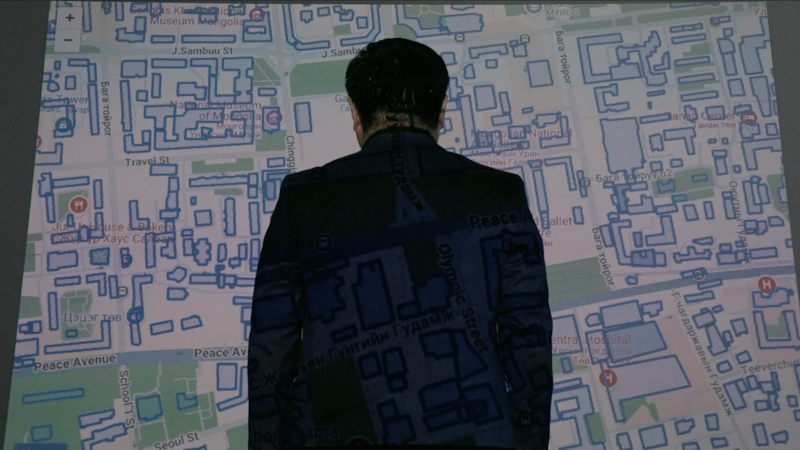The JavaScript function provided is designed to handle errors that occur when loading images, specifically in scenarios where an image fails to load correctly. This function, named `imageLoadError`, accepts an image element (`img`) as an argument and provides a fallback mechanism by inserting a default image if the original image cannot be rendered. The function is simple yet effective, catering to cases where reliable loading of visual content is critical, such as on news websites like CNN.
The first part of the `imageLoadError` function defines a constant variable named `fallbackImage`, which points to a predefined URL for the fallback image: `”/media/sites/cnn/cnn-fallback-image.jpg”`. This serves as a placeholder image in the event that the intended image fails to load. The use of a backup image is essential for maintaining a visually consistent experience on websites, especially news outlets that rely heavily on visuals to complement their content.
Next, the function proceeds to remove the ‘onerror’ attribute from the image element using `img.removeAttribute(‘onerror’)`. This is a crucial step because it prevents the function from entering an infinite error loop if the fallback image also fails to load. By stripping this attribute, the image is set to a clean state, allowing for a new loading attempt, in this case, the fallback image.
The process continues with setting the image’s source to the fallback image. This is done through the line `img.src = fallbackImage;`. By doing this, users are presented with an alternative display rather than encountering a broken image icon. A broken image can be detrimental to the overall aesthetics and professionalism of a website, making this fallback mechanism an important feature.
To enhance functionality further, the code includes a loop that looks for any preceding `
In terms of technical structure, the function utilizes basic JavaScript practices such as handling DOM manipulation, attribute management, and logic control through loops. Such functions are not only pivotal in creating interactive and user-friendly web applications but also contribute to better error handling and visual reliability across devices and connectivity conditions.
Overall, the `imageLoadError` function illustrates the importance of providing fallback mechanisms in web design, particularly for media-rich platforms such as CNN. The thoughtful consideration of user experience through the implementation of such features speaks volumes about the standards expected in modern web applications. Ensuring that visitors to the site encounter a coherent presentation, regardless of the reliability of external image sources, remains a top priority for developers and designers alike.
In conclusion, including robust error handling for images ensures that web users receive a polished and professional experience, while also reinforcing the brand’s commitment to quality and reliability. By leveraging fallback images, web developers can significantly mitigate the impact of broken image links, thus enhancing satisfaction and engagement with the content presented on platforms like CNN.











